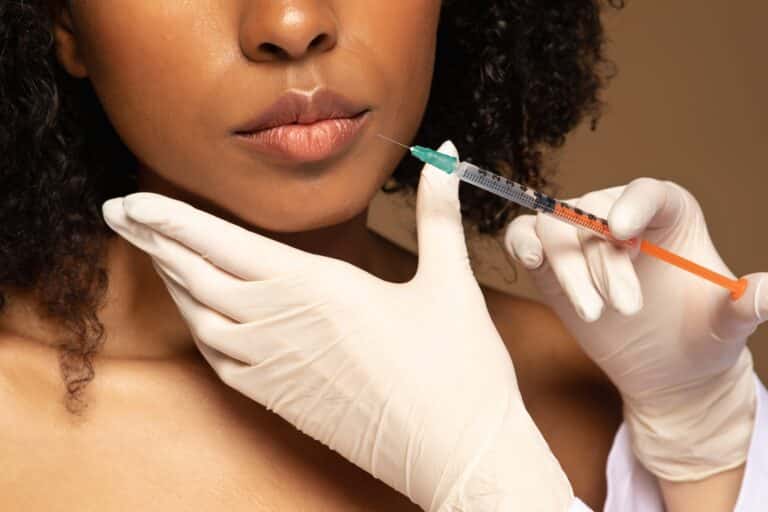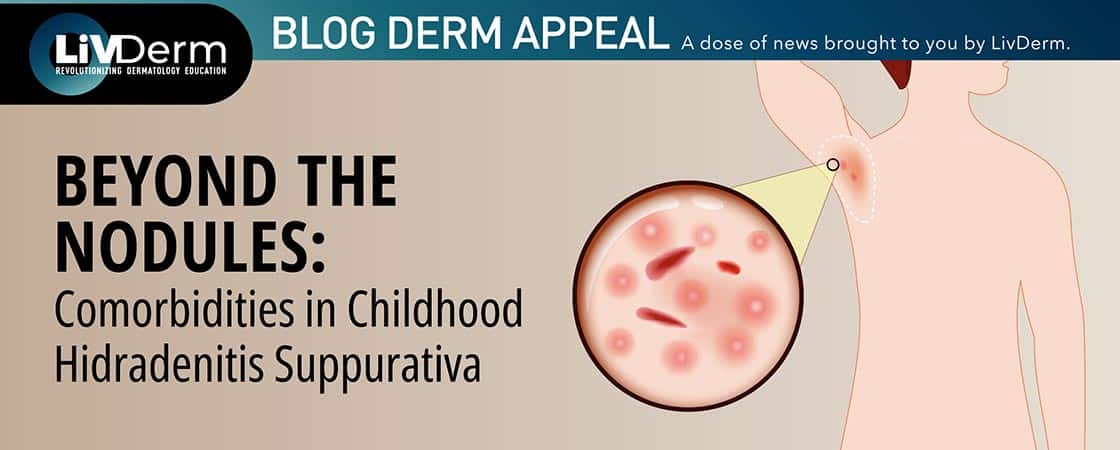A recent study reviewed the use of cosmetic injectables in individuals with skin of color (S0C) with the aim of assessing their uses, effectiveness, and safety. SoC populations are increasingly representing a growing market for cosmetic injectables, yet they may have different aesthetic goals or responses to treatment compared to other groups. By evaluating the unique considerations for these patient populations, authors hoped to provide guidance on optimizing treatment outcomes, providing the highest level of patient satisfaction, and minimizing adverse effects.

A total of 88 articles from the PubMed/MEDLINE database for the period of August 1960 to December 2020 were used for this review, which included a total of 9,940 patients. The authors note that SoC populations include “a wide range of heterogenous racial and ethnic groups, including but not limited to people of Asian, Black, Hispanic/Latinx, American Indian, Pacific Islander, and biracial/multiracial descent.”
Results from the study show that botulinum toxin (BTX) and dermal fillers are considered safe and efficacious for patients with SoC. However, the study also notes that much of the available data focuses on Asian populations and points to a lack of research for Black and Latinx populations.
The studies of BTX and dermal fillers in Asian populations utilized in this review mostly originated from East Asian countries like Korea, Japan, and China, and generally found BTX to be safe and effective for treating glabellar lines in Asian patients. This study also found that a common off-label use of BTX in Asians is for masseter muscle hypertrophy where they reduce the width of the lower face, converting a square face to a more oval shape.
Other studies have evaluated the use of hyaluronic acid (HA) for the treatment of nasolabial folds in the Asian population. These studies found that HA fillers were typically effective, and patients saw significant improvement in the appearance of moderate to severe NLF.
Although data is limited compared to that which exists for the Asian populations, the information that is available suggests that botulinum toxin (BTX) and dermal fillers appear to be safe and effective options for Black and Latinx patients.
Three studies were analyzed which described the safety and efficacy of BTX A. Overall, these studies found that it was well tolerated in the Black population, with clinical response rates and durations being generally similar to white patients. Additionally, adverse events were typically mild and transient.
Another three studies looking at the safety and effectiveness of injectable fillers in Black individuals found that HA fillers had a favorable safety profile, mild-to-moderate side effects, a lack of immunogenicity, with no reported cases of keloid formation.
For the Latinx population, the authors note that there “are no robust prospective studies evaluating the safety and efficacy of cosmetic BTX.” There are a few studies which focus on the safety and efficacy of injectable fillers like HA fillers and Poly-L-Lactic acid fillers. These found that dermal fillers are well tolerated by the Latinx population with no serious adverse events reported for those studies.
While both BTX and dermal fillers have been shown to be safe and effective cosmetic anti-aging treatments for patients with SoC, there remains a lack of research in minority ethnic groups, including Black and Latinx groups. As aesthetic ideals and preferences can vary greatly across cultures, there is a need for specific studies for SoC populations to learn more about how these treatments perform, their efficacy, safety profiles, and potential side effects in diverse skin types. This will help strengthen future clinical responses and recommendations and allow practitioners to optimize treatment approaches while minimizing possible risks for all skin types.
















